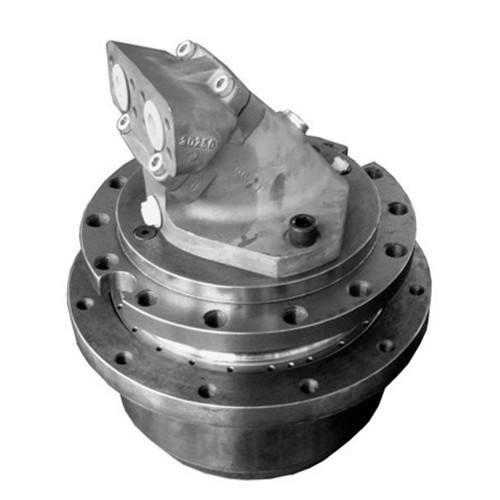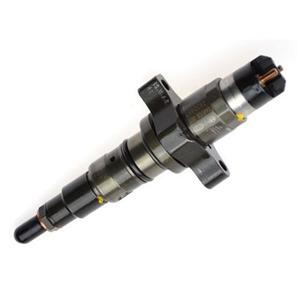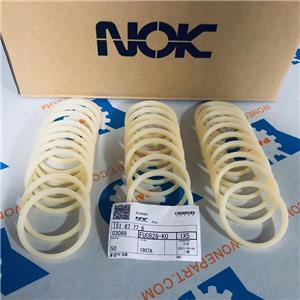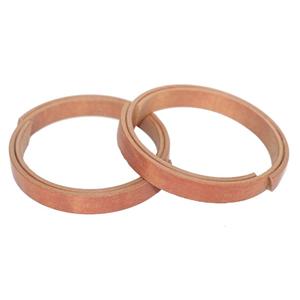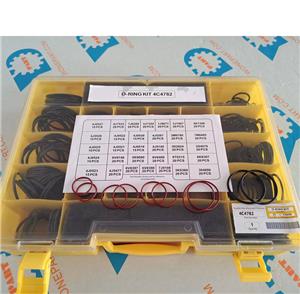What is the difference between a hydraulic motor and a hydraulic pump?
What is the difference between a hydraulic motor and a hydraulic pump? How should they distinguish between them?
Hydraulic pumps and hydraulic motors are the most important components in hydraulic transmission systems. One is the power components, the other is the actuators, one converts the mechanical energy into hydraulic energy, and the other converts the hydraulic energy into mechanical energy. Achieving complex mechanical motion and providing a stronger mechanical torque, so what is the difference between the two? Where are they applied separately?
01 The same point of hydraulic motor and hydraulic pump
1. In principle, the hydraulic motor and the hydraulic pump are reversible. If the motor is driven, the output is pressure energy (pressure and flow). This is the hydraulic pump; if the pressure oil is input, the output is mechanical energy (torque and The speed is turned into a hydraulic motor. This is like the relationship between the generator and the motor. As long as some specific parameters are changed, the opposite work can be achieved.
2. From a structural point of view, the two are similar.
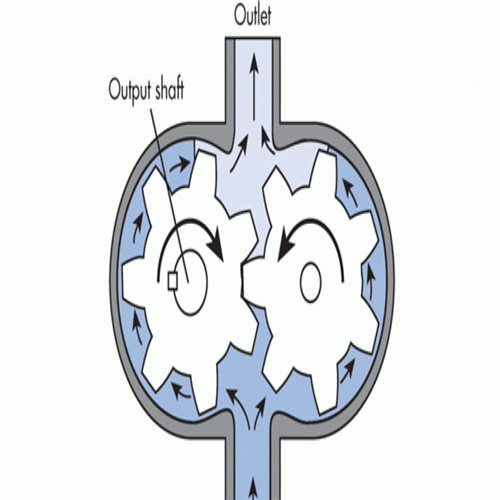
3. The hydraulic motor and the hydraulic pump have the same basic structural elements – a closed and periodically variable volume and a corresponding oil distribution mechanism. The working principle of hydraulic motor and hydraulic pump is to absorb and drain oil by changing the working volume of the seal.
For the hydraulic pump, the oil is sucked when the working volume is increased, and the high pressure oil is discharged when the working volume is decreased. For the hydraulic motor, the high pressure oil is entered when the working volume is increased, and the low pressure oil is discharged when the working volume is decreased.
02 Difference between hydraulic motor and hydraulic pump
1. The hydraulic pump is a conversion device that converts the mechanical energy of the motor into hydraulic energy. The output flow and pressure are expected to be high in volumetric efficiency. The hydraulic motor is a conversion device that converts the pressure energy of the liquid into mechanical energy, and outputs torque and speed. efficient. Therefore, the hydraulic pump is a power component and the hydraulic motor is an actuator.
2. The steering of the output shaft of the hydraulic motor must be able to rotate forward and reverse, so its structure is symmetrical; and some hydraulic pumps (such as gear pumps, vane pumps, etc.) have clear regulations for steering, only one-way rotation, not free Change the direction of selection.
3. In addition to the inlet and outlet ports, the hydraulic motor also has a separate leakage port; the hydraulic pump generally only has inlet and outlet ports (except for the axial piston pump), and the leakage oil inside is connected to the inlet port.

4. The hydraulic motor has a lower volumetric efficiency than the hydraulic pump.
5. Usually the hydraulic pump has a higher operating speed and the hydraulic motor has a lower output speed.
6. In addition, the gear pump has a large oil suction port and a small oil discharge port, while the gear hydraulic motor has the same suction and discharge ports.
7. The gear motor has more teeth than the gear pump.
8. The blades of the vane pump shall be installed obliquely, while the blades of the vane motor are mounted radially; the vane of the vane motor is a swallow spring that relies on the root to press it against the surface of the stator, while the vane of the vane pump relies on the pressure of the root Oil and centrifugal force are pressed against the surface of the stator.
From the working principle, both the hydraulic motor and the hydraulic pump work by changing the volume of the sealed working chamber. However, due to the different purposes of the two, there are many differences in the structure, and generally cannot be directly reciprocal.
03 Hydraulic pump classification
According to the structure: piston pump, gear pump, vane pump three categories
Whether the displacement can be adjusted according to the displacement: quantitative pump, variable pump
According to the direction of oil drain: one-way pump, two-way pump
According to the pressure level: low pressure, medium pressure, medium high pressure, ultra high pressure pump
Gear pump: The volume is small, the structure is simple, the cleanliness of the oil is not strict, and the price is cheaper; but the pump shaft is unbalanced, the wear is serious, and the leakage is large.
Gear pumps are widely used in mining equipment, metallurgical equipment, construction machinery, construction machinery, agriculture and forestry machinery and other industries.

Vane pump: divided into double-acting vane pump and single-acting vane pump. The pump has uniform flow, stable operation, low noise, high pressure and volumetric efficiency compared to the gear pump, and the structure is more complicated than the gear pump. High-pressure vane pumps are used in the hydraulic system of lifting transport vehicles and construction machinery.
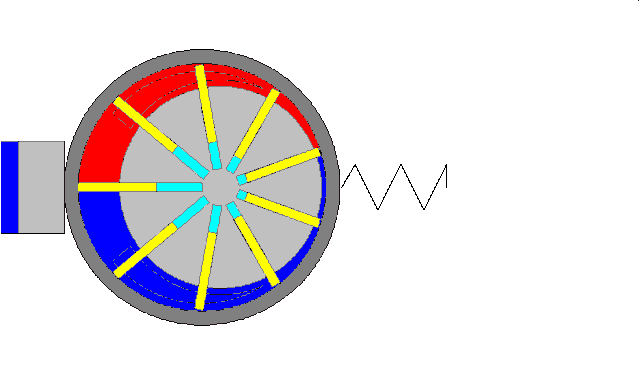
Piston pump: high volumetric efficiency, small leakage, can work under high pressure, mostly used in high-power hydraulic systems; but complex structure, high material and processing accuracy requirements, high price, high cleanliness requirements for oil, commonly used in diesel engines A plunger pump delivers high pressure fuel.
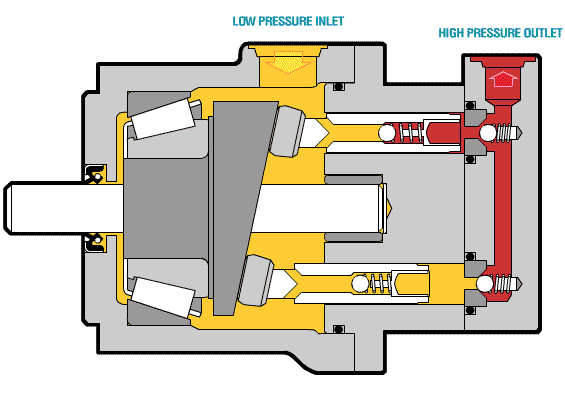
04 Hydraulic motor classification
According to the structure, it is divided into several main forms: gear type, vane type and plunger type.
According to the speed and torque range: high speed motor and low speed motor.
The gear type hydraulic motor has a simple structure and is inexpensive, and is often used in applications where high speed, low torque, and smooth motion are not required. Such as driving a grinder, a fan, and the like.
The blade type hydraulic motor has small moment of inertia, sensitive action, low volumetric efficiency and soft mechanical characteristics. It is suitable for medium speed and above, and the torque is not large. It is required to start and reverse frequently.
The axial piston type motor has high volumetric efficiency, large adjustment range, good low speed stability and poor impact resistance, and is often used in high pressure systems requiring high requirements.
